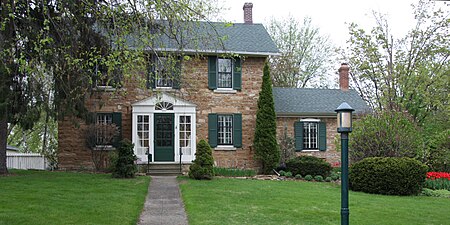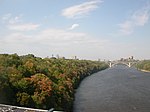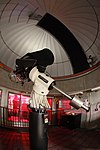Frederick Spangenberg House
1864 establishments in MinnesotaFederal architecture in MinnesotaGerman-American culture in Minneapolis–Saint PaulHouses completed in 1867Houses in Saint Paul, Minnesota ... and 2 more
Houses on the National Register of Historic Places in MinnesotaNational Register of Historic Places in Saint Paul, Minnesota

The Frederick Spangenberg House is a historic house in Saint Paul, Minnesota, United States. It was built from 1864 to 1867 as the residence of a farm in what was then rural land outside the urban center. The house was listed on the National Register of Historic Places in 1976 for having local significance in the theme of architecture. Now enveloped by a 20th-century residential neighborhood, it was nominated for being one of the oldest limestone farmhouses preserved in Saint Paul.
Excerpt from the Wikipedia article Frederick Spangenberg House (License: CC BY-SA 3.0, Authors, Images).Frederick Spangenberg House
Jefferson Avenue, Saint Paul Macalester - Groveland
Geographical coordinates (GPS) Address Nearby Places Show on map
Geographical coordinates (GPS)
| Latitude | Longitude |
|---|---|
| N 44.930194444444 ° | E -93.194111111111 ° |
Address
Jefferson Avenue 2236
55105 Saint Paul, Macalester - Groveland
Minnesota, United States
Open on Google Maps







